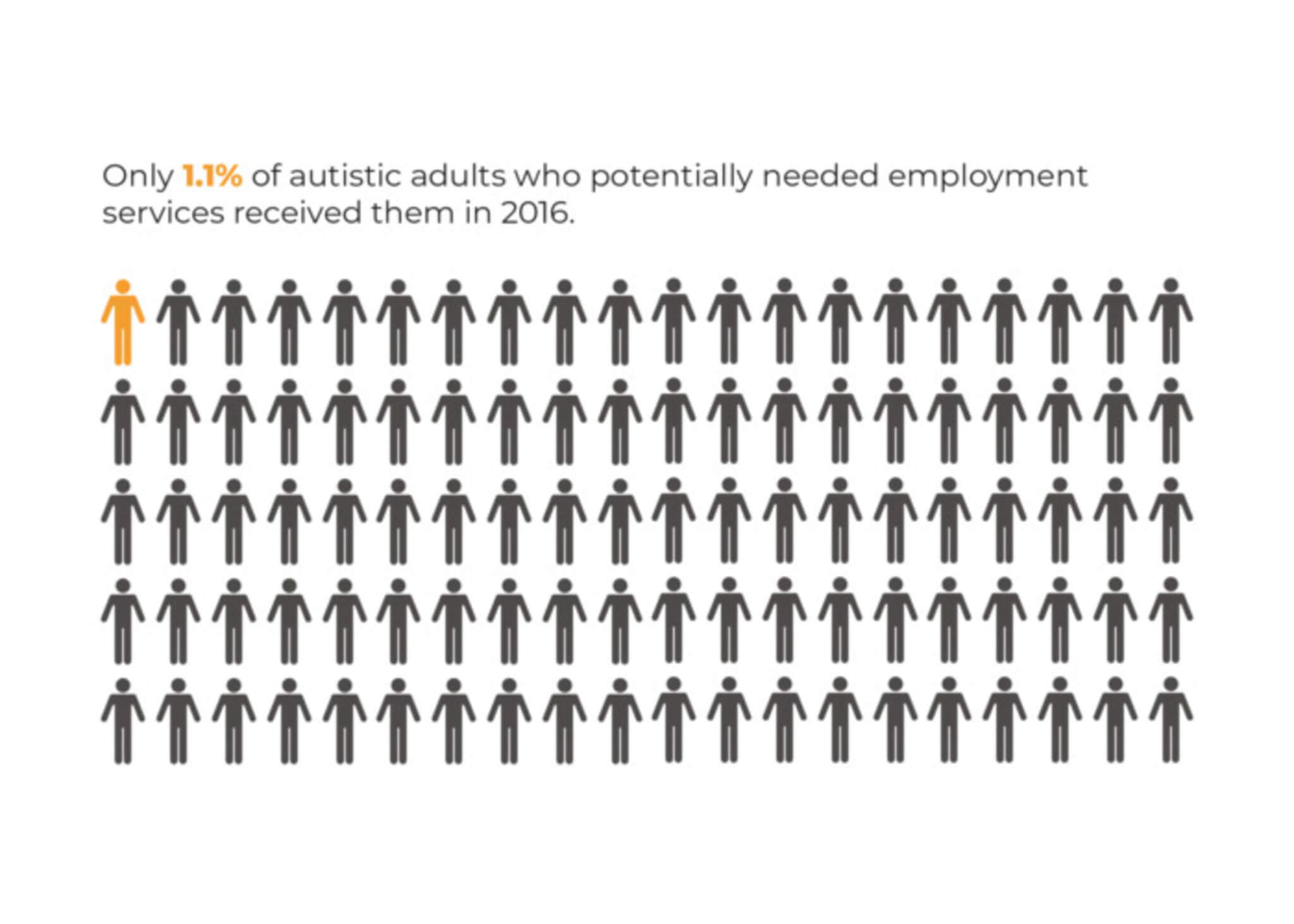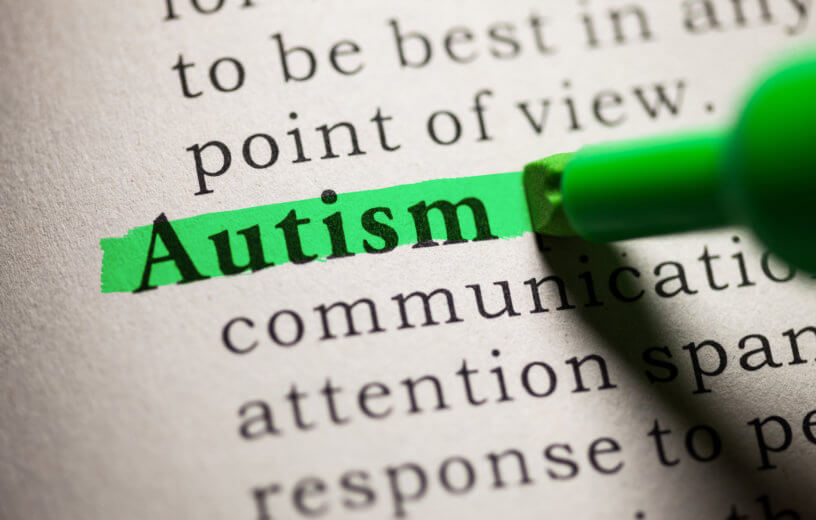PHILADELPHIA — A staggering 99 percent of autistic adults are not receiving public employment services from government programs in the United States. Study authors from Drexel University’s A.J. Drexel Autism Institute found that Medicaid or the Vocational Rehabilitation Administration failed to support 1.98 million autistic individuals from 2008 to 2016.
Drexel researchers utilized data from the Centers for Medicare & Medicaid Services and the Department of Education’s Rehabilitation Services Administration. The focus was on comparing employment service provisions for autistic individuals with those diagnosed with intellectual disability.
“Employment is a key social determinant of health and well-being for the estimated 5.4 million autistic adults in the United States – just as it is for citizens without disabilities,” says study lead author Anne Roux, a research scientist and director at the Policy Impact Project in the Autism Institute’s Policy and Analytics Center (PAC), in a university release.

The numbers are stark. Researchers established that a mere 1.1 percent of working-age autistic adults in potential need of employment services were actually availing them. The data from 2016 showed that only approximately 4,200 of them received support via Medicaid waivers, whereas nearly 18,000 tapped into the Vocational Rehabilitation services.
What’s the difference in these government programs?
There’s a significant distinction in the offerings of the two services. While Medicaid offers extended employment services tailored for the disabled, Vocational Rehabilitation focuses on shorter-term provisions. In the period from 2008 to 2016, Vocational Rehabilitation catered to eight times more autistic individuals compared to Medicaid. However, when it came to those with intellectual disabilities, they were only three times more likely to opt for Vocational Rehabilitation over Medicaid.
Even though Medicaid serviced fewer autistic individuals, its expenditure on such services was over double that of Vocational Rehabilitation. However, a concerning trend emerged as spending on employment services for autistic adults shrunk by almost 30 percent for Medicaid enrollees across the examined timeframe, whereas it surged by an impressive 400 percent among users of Vocational Rehabilitation services.
“Public spending, as a whole, is going toward short-term employment services, even though many autistic people are likely to need some level of flexible, longer-term supports across the working years,” says Roux.
The sizeable gaps in public employment services were astonishing to the team.
“It is difficult for me to wrap my brain around exactly how few people are receiving public employment services,” adds Roux.
She elaborated on the challenging landscape for autistic adults. Post high school, there’s no guarantee of access to vital services for well-being and functionality. The resulting “services cliff” — a void in service availability — arises because there isn’t any federal legislation ensuring continued support for autistic adults. The situation is exacerbated by the restricted access to employment services, which often remain elusive and hard to access for many, leading them into forced poverty and higher health care expenses.
The primary goal of the study was to grasp how the U.S. funds employment services for autistic adults. Researchers lamented the lack of public data bridging services across Medicaid and Vocational Rehabilitation systems.
“Therefore, the astounding gaps in our capacity to provide these public services are usually only noted in the stories of people who repeatedly tell us they cannot access the help they need or the people looking to bolster delivery of these services,” says Dr. Lindsay Shea, leader of PAC and the primary investigator on this research. “These findings speak truth to those experiences and why funding for these services is critical.”
Given the gaps and challenges illuminated by this study, researchers emphasize an urgent need for policy overhauls to better the employment service structures in the U.S.
The study is published in the journal The Milbank Quarterly.
You might also be interested in:
- Ghosts over government: People believe in spirits more than they trust the government
- Surveillance state: 60% of Americans think government tracks their data
- CDC: Autism rates in the U.S. are skyrocketing, especially in California
- National failure: Half of Americans give the U.S. healthcare system failing grades

